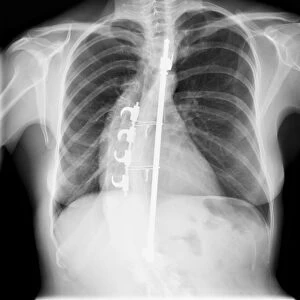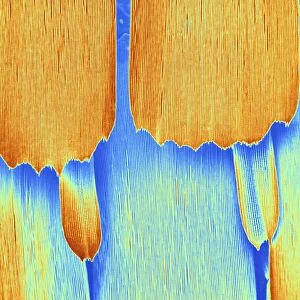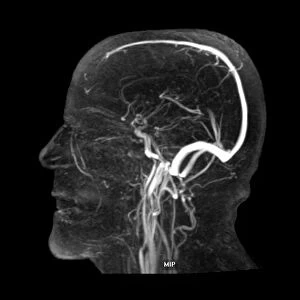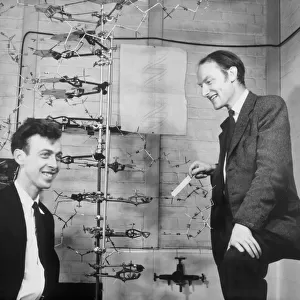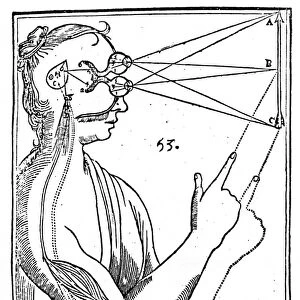Home > Popular Themes > Edinburgh
Dudgeon sphygmograph, circa 1880s C017 / 6976
![]()

Wall Art and Photo Gifts from Science Photo Library
Dudgeon sphygmograph, circa 1880s C017 / 6976
Dudgeon sphygmograph shown in the position for use. It is made out of nickel and dates from the 1880s, England. The sphygmograph, originally invented in 1854 by German physiologist Karl von Vierordt, was used by physicians in the mid-nineteenth century as a means of observing and measuring the pulse externally and non-invasively. The radial pulse wave forms would be traced with a mounted pen using a clockwork mechanism. This design was invented by Robert Ellis Dudgeon (1820-1904), an Edinburgh-trained doctor who later became a homeopath. Dudgeons sphygmograph replaced the earlier design by E.J. Marey which was heavier and less portable
Science Photo Library features Science and Medical images including photos and illustrations
Media ID 9340395
© SCIENCE PHOTO LIBRARY
1880 1880s Antique Apparatus Blood Pressure Clinical Clockwork Device Devices France French Instrument Instruments Measure Measurement Measures Measuring Mechanical Nineteenth Century Pulse Radial Sphygmometry Tracer Traces Wrist Blue Background Clockwork Mechanism Dudgeon
EDITORS COMMENTS
This print showcases the Dudgeon sphygmograph, a remarkable medical device from the 1880s. Made of nickel and originating in England, this intricate instrument was used by physicians during the mid-nineteenth century to observe and measure pulses externally without invasive procedures. The sphygmograph was an invention credited to German physiologist Karl von Vierordt in 1854, but it was Robert Ellis Dudgeon who revolutionized its design. Dr. Dudgeon, an Edinburgh-trained physician who later became a renowned homeopath, created this improved version of the sphygmograph. Unlike its heavier predecessor invented by E. J. Marey, Dudgeon's creation boasted enhanced portability while maintaining accuracy and reliability in pulse measurement. The mechanism involved mounting a pen on the device that would trace radial pulse wave forms onto paper using clockwork technology. This ingenious apparatus allowed doctors to gain valuable insights into their patients' health through non-invasive means. With its blue background highlighting every delicate detail, this historical artifact serves as a testament to advancements in nineteenth-century medicine. It symbolizes the ingenuity and dedication of scientists like Dr. Robert Ellis Dudgeon who tirelessly worked towards enhancing healthcare practices for better patient outcomes. This print is not only a visual representation of medical history but also an homage to those instrumental in shaping modern healthcare practices through innovation and scientific exploration.
MADE IN THE UK
Safe Shipping with 30 Day Money Back Guarantee
FREE PERSONALISATION*
We are proud to offer a range of customisation features including Personalised Captions, Color Filters and Picture Zoom Tools
SECURE PAYMENTS
We happily accept a wide range of payment options so you can pay for the things you need in the way that is most convenient for you
* Options may vary by product and licensing agreement. Zoomed Pictures can be adjusted in the Basket.




